1. Potato Soup
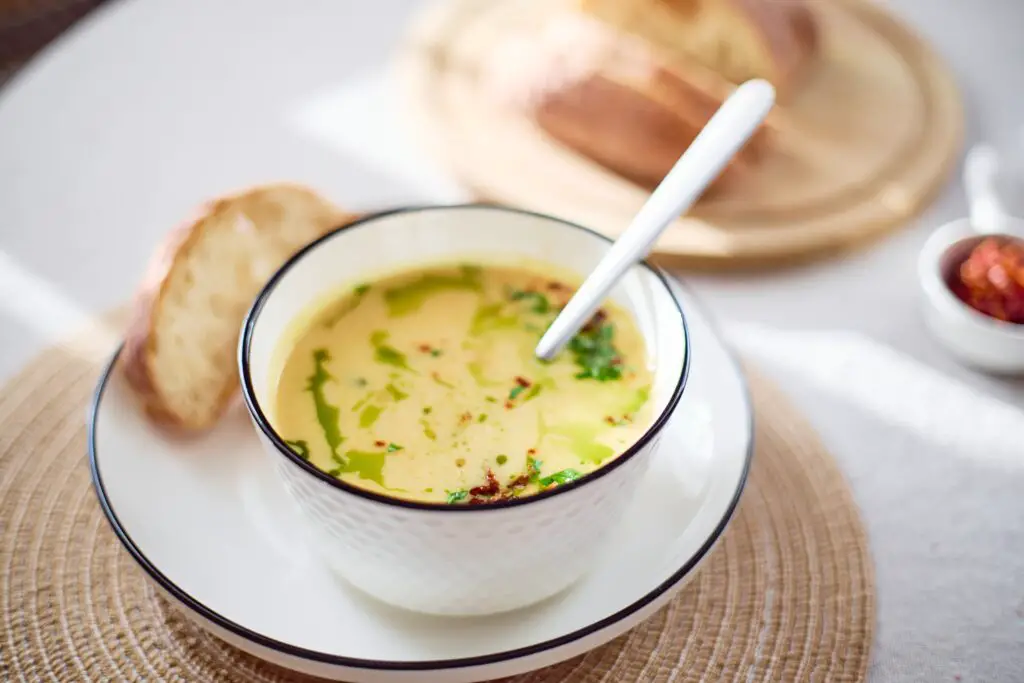
During the Great Depression, potato soup was a lifesaver for many families. Potatoes were cheap, filling, and easy to find, making them a go-to for stretching a small budget. People would simmer them with water or milk (when available), a little onion, and maybe some butter if they were lucky. It was simple, but it provided warmth and comfort during hard times. You could feed a whole family for just a few cents, and it tasted like home. Many households had their own spin on it, adding whatever vegetables or scraps they had on hand. It wasn’t fancy, but it was dependable.
Today, potato soup is making a comeback as people rediscover budget-friendly, hearty meals. Modern versions often feature cream, cheese, or bacon, but some are going back to the original minimalist recipe. There’s something nostalgic about a hot bowl of potato soup on a cold night, especially when it’s made with basic ingredients. It feels like a nod to simpler times. And with rising food costs, it’s a dish that proves you don’t need expensive ingredients to make something satisfying.
2. Cabbage Stew

Cabbage was another Depression-era staple because it was cheap, stored well, and could stretch into multiple meals. Cabbage stew often started with a big head of cabbage, a few potatoes, carrots, and maybe a little meat for flavor. Even a single ham bone could make the broth rich enough to feel hearty. It filled stomachs and could be reheated for days without losing its flavor. In those days, no part of the vegetable went to waste—outer leaves might go into a soup while the inner leaves were saved for a separate dish. It was truly the definition of making the most of what you had.
Now, cabbage stew is finding new life in kitchens that value frugal, healthy eating. With its high fiber and vitamin content, cabbage is having a moment in the health food world. People are also drawn to the rustic, old-fashioned charm of a dish that feels like it came from a grandmother’s recipe box. Plus, it’s endlessly adaptable—you can make it vegetarian, vegan, or load it with sausage. It’s humble, but it’s full of comfort.
3. Cornbread and Beans

A pot of beans and a skillet of cornbread could feed a family for days during the Great Depression. Beans were inexpensive, full of protein, and could be seasoned with whatever was on hand—onions, salt pork, or a little molasses for sweetness. Cornbread was equally economical and didn’t require fancy ingredients like yeast. The combination was filling and didn’t require constant tending once the beans were simmering. It was a Southern classic, but versions popped up all over the country. Even kids could enjoy it, especially when there was a drizzle of syrup over the cornbread.
Cornbread and beans are seeing a resurgence thanks to the comfort food trend. Restaurants are putting upscale twists on the pairing, adding artisanal butters, heritage cornmeal, or slow-smoked meats to the mix. Home cooks are revisiting the dish for its simplicity and affordability. It’s also a nostalgic taste for those who grew up eating it at family gatherings. And it still holds the same magic as it did in the 1930s—warm, hearty, and completely satisfying.
4. Depression-Era Chocolate Cake
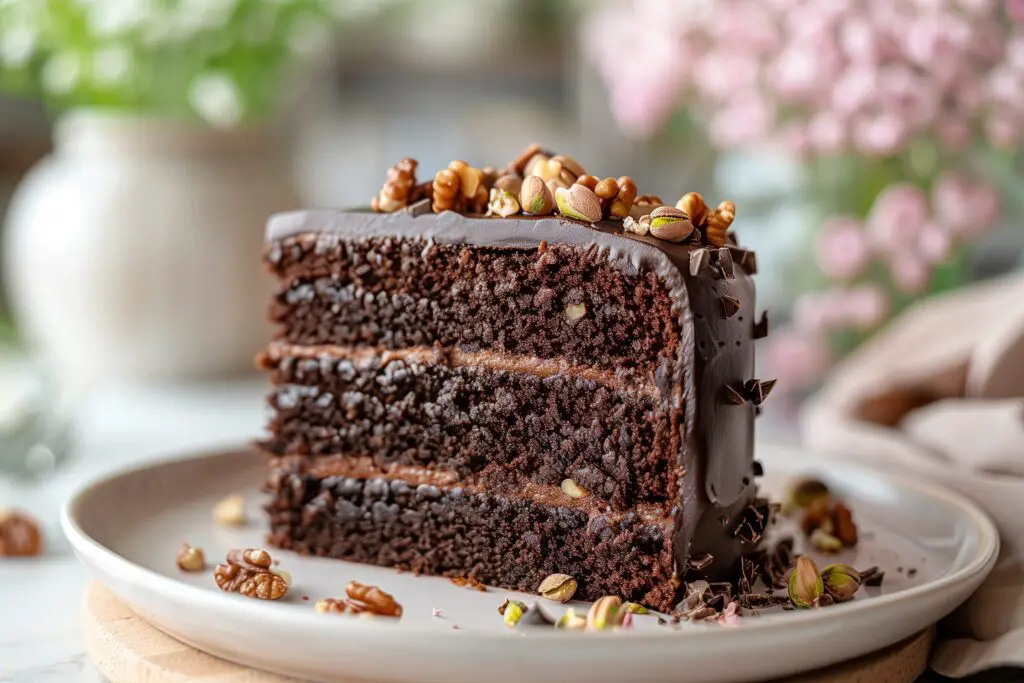
Also known as “wacky cake” or “crazy cake,” this dessert became popular in the Depression because it used no eggs, milk, or butter—ingredients that were often too expensive or unavailable. Instead, it relied on vinegar and baking soda to give it lift, and oil for moisture. The recipe could be mixed and baked right in the same pan, which made cleanup a breeze. Despite its simplicity, it was delicious, with a moist texture and rich chocolate flavor. Many families relied on it for birthdays and special occasions. It was proof that even in hard times, people still found ways to celebrate.
Today, Depression-era chocolate cake has found a second life on social media and in vintage cookbooks. It’s perfect for those with dairy or egg allergies, and it’s surprisingly decadent for such a basic recipe. Bakers enjoy the novelty of its history, as well as the convenience of its one-pan method. Some modern versions use espresso or sea salt to elevate the flavor, but the heart of the cake remains the same. It’s a sweet reminder of resilience and creativity.
5. Homemade Bread
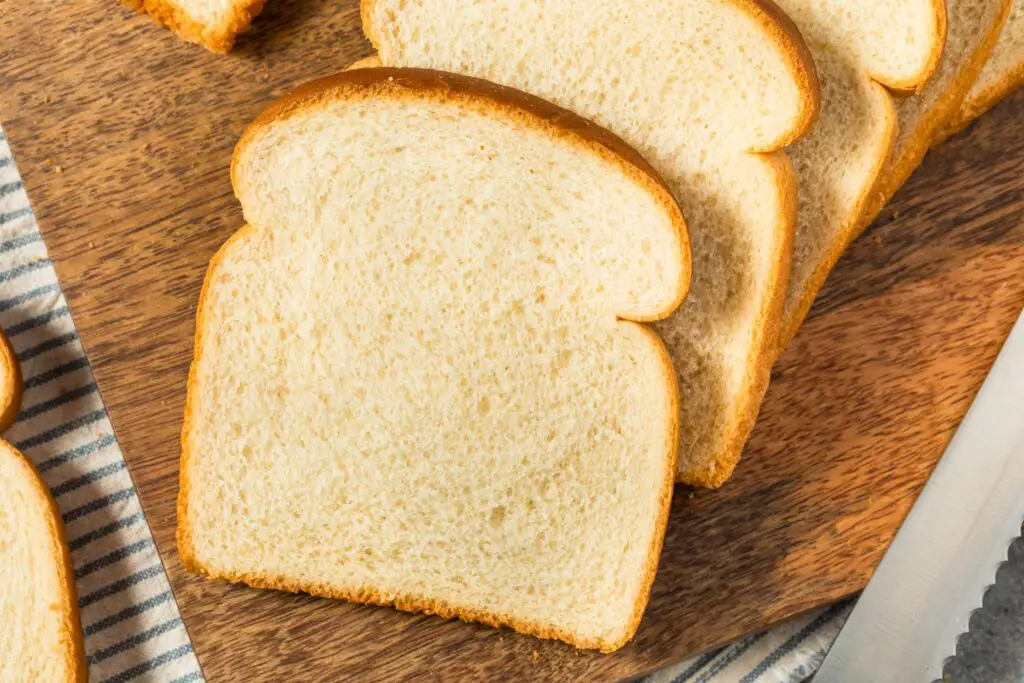
During the Great Depression, many families simply couldn’t afford store-bought bread. Baking it at home was more cost-effective and gave people control over ingredients. Some recipes used only flour, yeast, water, and salt, though others might add milk or fat if available. Bread baking also brought warmth to the house and a comforting smell that could lift spirits. A fresh loaf could be stretched across meals, from breakfast toast to sandwiches for lunch and dinner. It was a necessity, but it also felt like an act of love.
Homemade bread is back in a big way, especially after recent bread-baking booms. People enjoy the process, the aroma, and the sense of accomplishment that comes from pulling a golden loaf out of the oven. Sourdough in particular has surged in popularity, with bakers nurturing their own starters just like families did generations ago. While today’s bakers might add seeds, herbs, or whole grains, the idea remains the same: fresh, homemade bread is both practical and deeply satisfying.
6. Creamed Chipped Beef
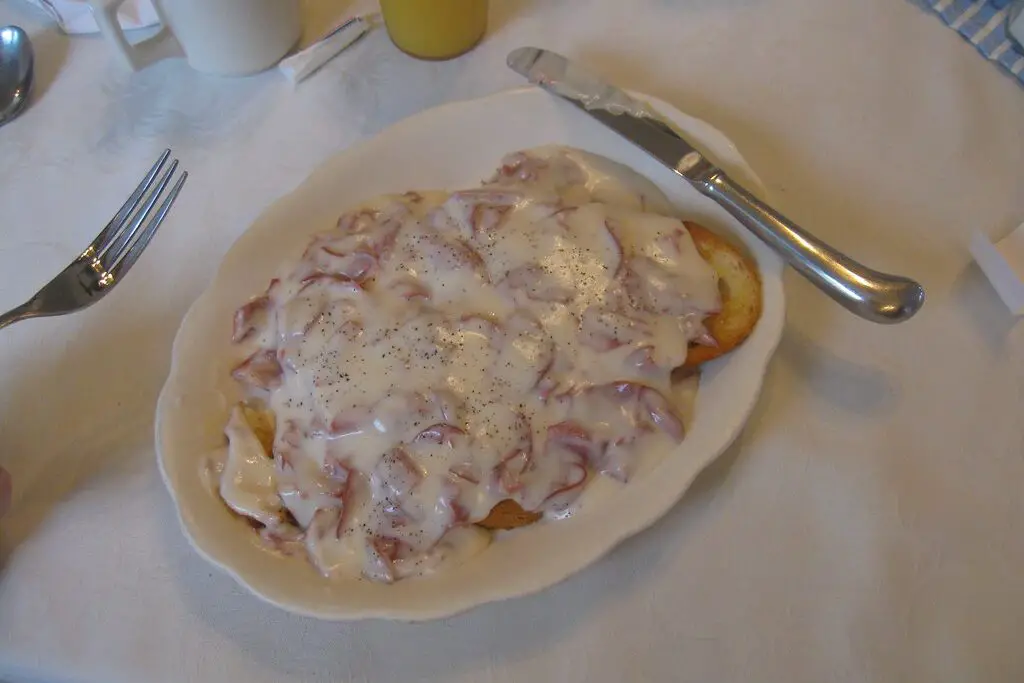
Creamed chipped beef, often served over toast, became a Depression-era staple because it made a small amount of meat go a long way. Dried beef could be rehydrated in a creamy white sauce, then ladled generously over bread or biscuits. It was filling, salty, and comforting—though some remember it as a bit of a “make-do” meal. For many, it was a rare treat to have something meaty in the dish. It was common in military kitchens too, which helped it spread to home tables.
Recently, creamed chipped beef has returned as a nostalgic breakfast item in diners and home kitchens. Some versions swap in fresh beef or ham, but others stick to the traditional dried meat for authenticity. It’s comfort food with a story, and for those who grew up eating it, it’s like a warm hug on a plate. The creamy sauce over crispy toast is simple, but it’s one of those flavor combinations that stays with you. It’s proof that sometimes, the old ways are worth keeping.
7. Rice Pudding
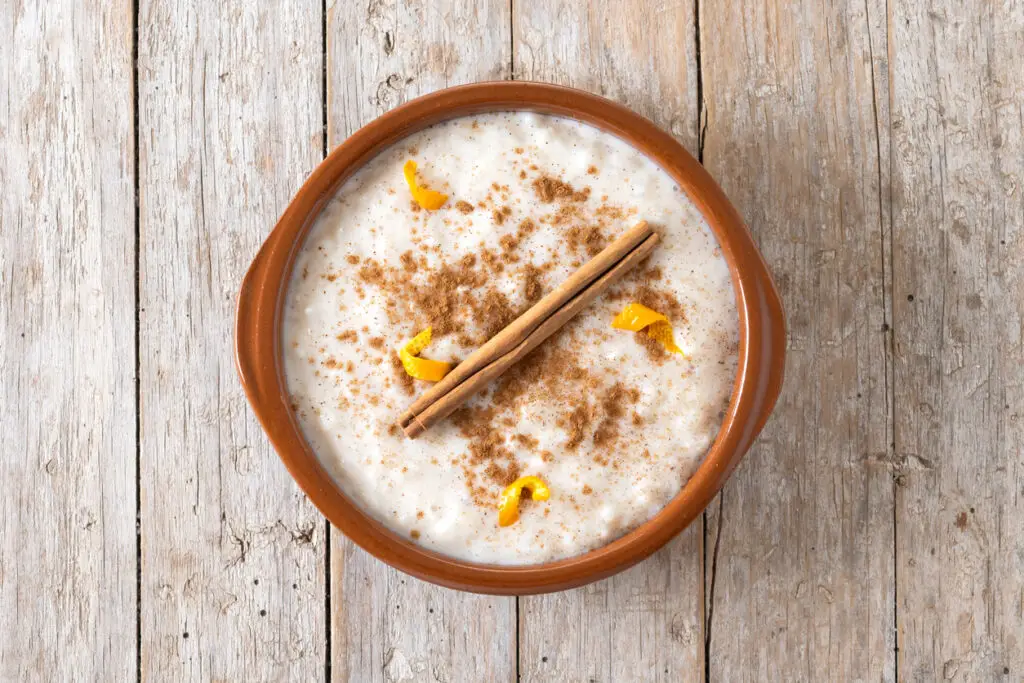
Rice pudding was a thrifty dessert during the Depression because it used pantry basics: rice, milk, sugar, and a little cinnamon or nutmeg. Leftover rice was never thrown out—it was transformed into a creamy, sweet treat. It could be eaten warm or chilled, making it versatile for any season. Families often adjusted the recipe based on what they had, adding raisins or swapping milk for condensed milk. It was simple, yet felt special when served after dinner.
Now, rice pudding is making a quiet comeback, showing up in trendy bakeries and on dessert menus. Modern versions might use coconut milk, vanilla bean, or cardamom for a twist, but the heart of the dish is still humble and comforting. It’s gluten-free by nature, which has helped its popularity. And for many, it’s a direct taste of childhood—reminding them of grandmothers who never let a grain of rice go to waste. It’s proof that old-fashioned desserts can stand the test of time.
8. Vegetable Hash
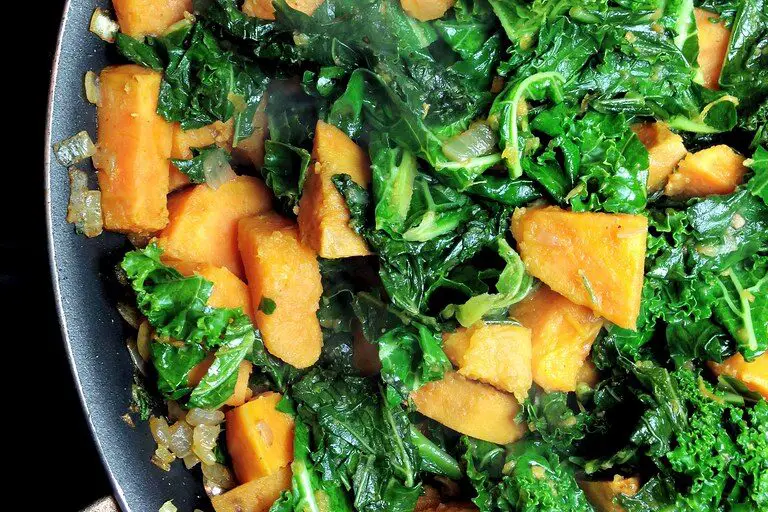
When meat was scarce, vegetable hash was a creative way to make a hearty meal from odds and ends. Potatoes, onions, carrots, and any other available vegetables were chopped, seasoned, and pan-fried until crispy. Sometimes a bit of bacon grease or lard added flavor, but the vegetables did most of the work. It was quick, frugal, and could be eaten at any time of day. A fried egg on top was a luxury if one was available.
Today, vegetable hash is back on brunch menus and in home kitchens. People love the flexibility of tossing in whatever produce they have before it spoils. It’s also a great way to create a satisfying vegetarian meal. Some modern takes add sweet potatoes, peppers, or fresh herbs, but the spirit is the same—turning humble ingredients into something delicious. It’s the ultimate “waste not, want not” dish.
9. Oatmeal
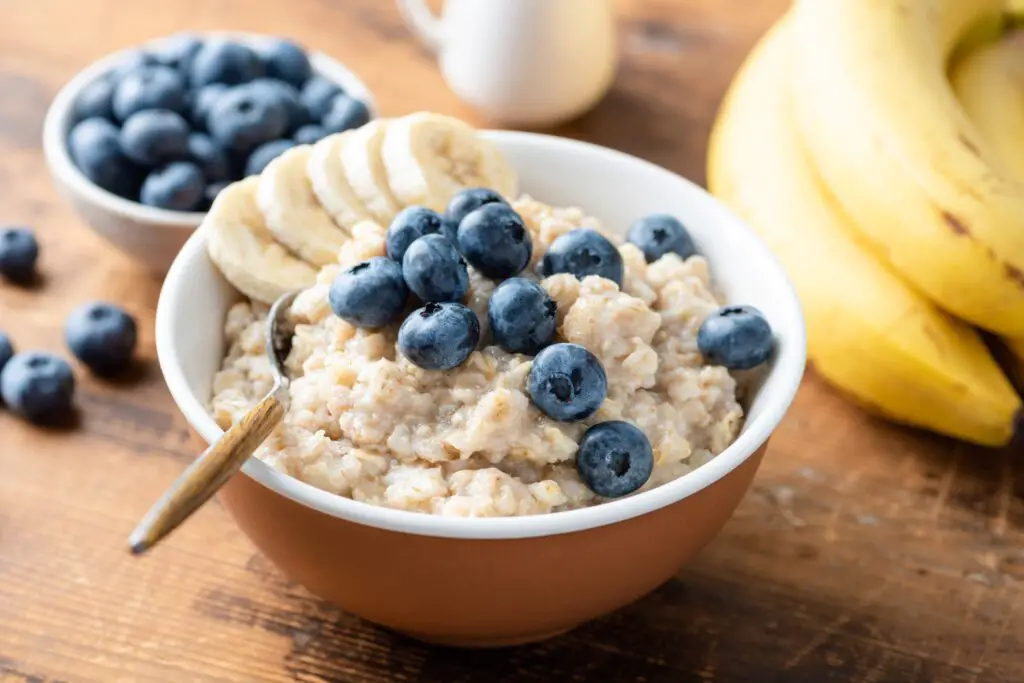
During the Great Depression, oatmeal was a breakfast staple because it was affordable, nutritious, and kept people full for hours. A big pot could feed several people, and toppings like fruit, syrup, or milk were optional luxuries. Many families ate it daily, sometimes even for dinner. It was warm, comforting, and adaptable to whatever was in the pantry. Oats also stored well, making them a smart bulk purchase.
Now, oatmeal is being rediscovered as a healthy, customizable breakfast. Overnight oats, baked oatmeal, and savory oatmeal bowls have all taken off in recent years. People are experimenting with toppings like almond butter, chia seeds, and fresh berries. But at its core, oatmeal is still the same simple, nourishing food that carried families through tough times. It’s proof that the classics never really go out of style.
10. Shepherd’s Pie
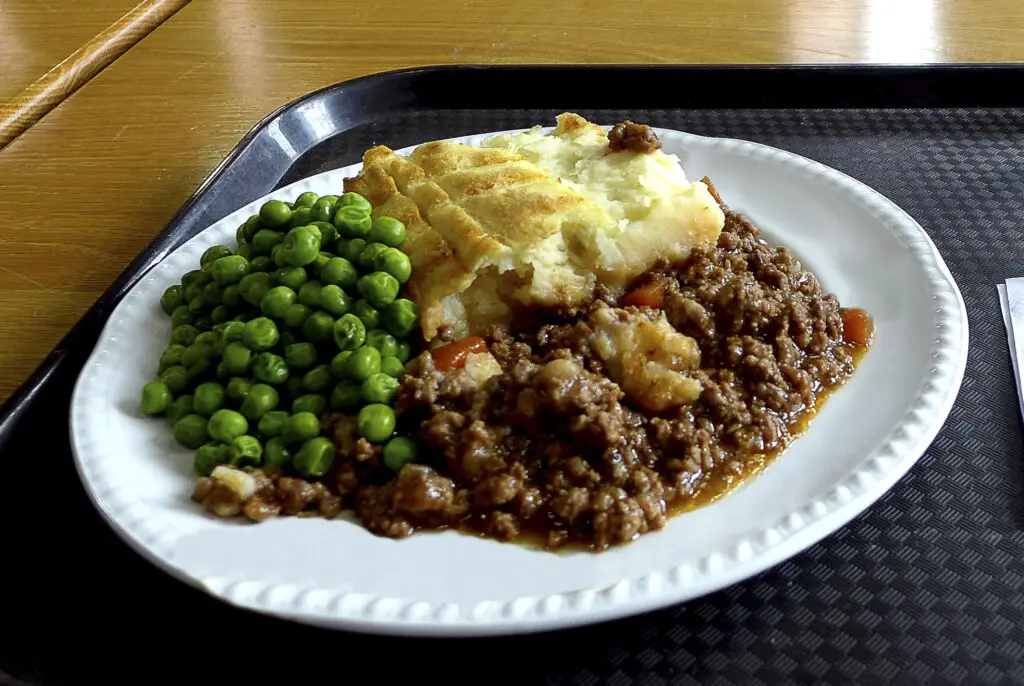
Shepherd’s pie was a practical way to stretch leftover meat into another meal. Ground or minced meat was mixed with vegetables, then topped with mashed potatoes and baked until golden. It could be made with whatever protein was available—beef, lamb, or even just beans for a meatless version. The potatoes acted as both filler and comfort, making the dish hearty without requiring a lot of expensive ingredients. For many families, it was the ultimate leftover makeover.
Today, shepherd’s pie has found a place in both pubs and home kitchens. Modern recipes might use sweet potatoes, gourmet cheeses, or seasonal vegetables, but the basic idea hasn’t changed. It’s still about creating something delicious from what’s on hand. And that creamy, crispy potato topping is as irresistible now as it was in the 1930s. It’s a dish that bridges generations, proving that thriftiness can be delicious.
11. Apple Brown Betty
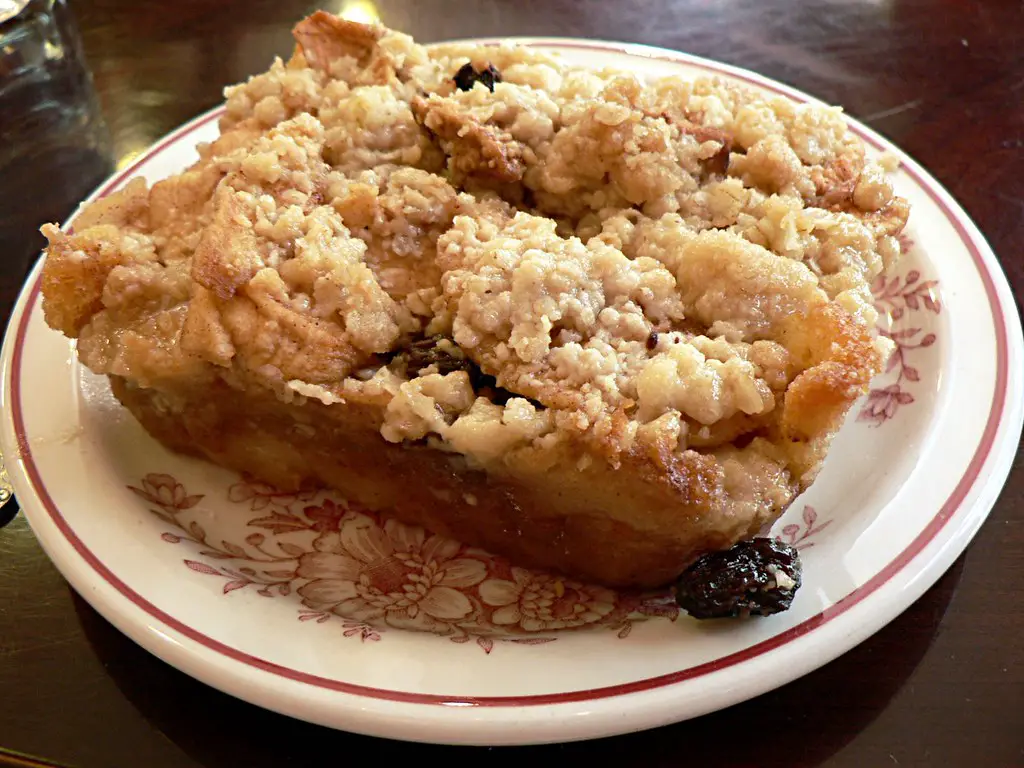
Apple Brown Betty was a Depression-era dessert that made the most of stale bread and seasonal fruit. Sliced apples were layered with bread crumbs (or cubes), sugar, and spices, then baked until tender and golden. The result was a warm, sweet, and slightly crunchy treat that didn’t require costly ingredients. It was often served with a drizzle of cream or a dollop of whipped topping, if available. For many, it was a taste of home.
Apple Brown Betty is enjoying a revival as people look for ways to reduce food waste. It’s an easy dessert to make with pantry staples, and it fills the house with a cozy, cinnamon aroma. Modern versions might swap in different fruits or use artisanal bread for a richer flavor. But the charm lies in its simplicity—it’s comfort food through and through. It’s a dessert that reminds us that nothing needs to go to waste.
12. Meatloaf
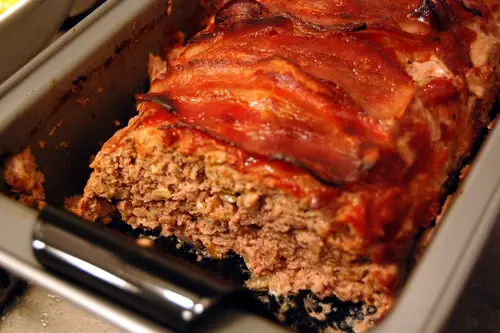
Meatloaf became popular during the Great Depression because it stretched a small amount of meat with breadcrumbs, oats, or even mashed vegetables. Seasonings and sauces varied depending on what was available, but the goal was always the same—make the meat go further while keeping the dish filling. It baked up into a hearty main course that could be sliced for sandwiches the next day. In some homes, it was a weekly staple.
Today, meatloaf is back in style, with chefs and home cooks putting creative spins on it. Some add gourmet cheeses, barbecue glaze, or exotic spices, while others stick to the traditional ketchup topping. It’s a comforting, family-friendly dish that still works for tight budgets. And for those who grew up with it, a slice of meatloaf with mashed potatoes feels like stepping back in time. It’s a Depression-era classic that still earns a spot on the table.
13. Pea Soup

Pea soup was a Depression favorite because dried peas were cheap, filling, and stored for ages without spoiling. People would simmer peas with water, onion, and maybe a ham bone if they had one, creating a hearty, protein-packed dish. Sometimes carrots or celery found their way in, but often it was just peas and whatever flavorings were available. It wasn’t glamorous, but it kept families full on cold days. And because it could be reheated, it often lasted several meals. Leftover soup even thickened up into a spread for bread. Nothing went to waste.
Now, pea soup is being rediscovered as a comforting classic. It shows up on café menus, often paired with a slice of hearty bread. Modern cooks might add smoked meats or herbs, but the simplicity of the original version is part of the charm. It’s also beloved by health-conscious eaters, since split peas are packed with protein and fiber. It’s proof that a humble dish can stand the test of time.
14. Grits

Grits became a go-to dish for many during the Great Depression, especially in the South. Cornmeal was plentiful and inexpensive, so turning it into a creamy porridge was a natural solution. Grits could be eaten at breakfast with a pat of butter or sugar, or served with savory toppings later in the day. They were versatile, filling, and easy to prepare in large batches. For some families, grits appeared on the table daily. They were considered “poor man’s food,” but they nourished countless households.
Today, grits are enjoying a revival, particularly in trendy restaurants. Chefs are elevating them with shrimp, cheeses, and gourmet seasonings. Food lovers are also appreciating their connection to tradition, seeing them as a bridge to America’s culinary past. Even plain grits with salt and butter are making a comeback among home cooks. What was once a survival food has become a comfort dish with serious staying power.
15. Dandelion Greens
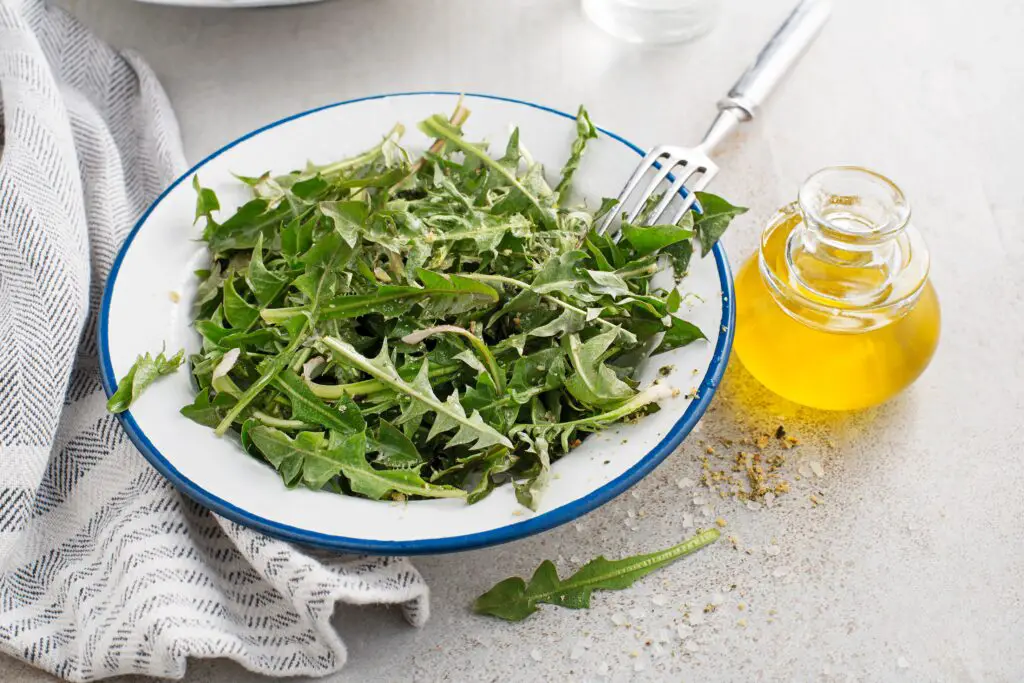
When store-bought vegetables weren’t in the budget, many families turned to foraging. Dandelion greens were easy to find in backyards and fields, and they provided much-needed vitamins during lean times. They were boiled, sautéed, or added to soups and stews. Some people even ate them raw in salads, often with a bit of vinegar or bacon grease for flavor. While not everyone loved their slightly bitter taste, they were a reliable source of nutrition. For families who couldn’t afford fresh produce, dandelions were a blessing in disguise.
Now, dandelion greens are having a renaissance as part of the modern “wild food” movement. They’re popping up at farmers’ markets and in health-focused recipes. Nutritionists praise them for being rich in iron and antioxidants. They’ve gone from a last-resort meal to a trendy, sought-after superfood. What once symbolized hardship is now celebrated as a mark of wellness and sustainability.
16. Mock Apple Pie
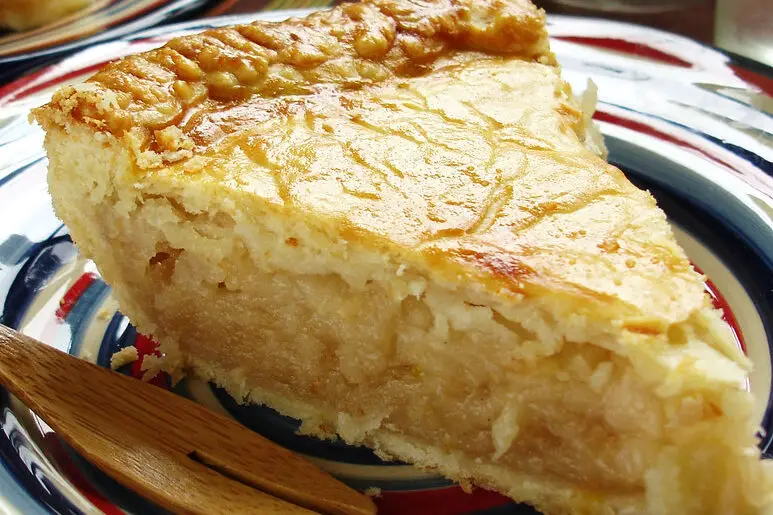
Mock apple pie might sound odd, but during the Great Depression, apples were often too expensive or out of season. Cooks improvised using crackers, sugar, cinnamon, and a bit of lemon juice to mimic the flavor and texture of real apple filling. Ritz crackers became the go-to choice for this pie, layered with spices and baked until bubbly. Families were amazed at how close it tasted to the real thing. It allowed them to enjoy a dessert that felt special, even without apples.
These days, mock apple pie is making a comeback among nostalgic bakers. Some make it as a novelty, while others genuinely enjoy its unique flavor. It’s also popular among history buffs who want to try Depression-era recipes for themselves. The pie has become a reminder of resourcefulness and creativity in the kitchen. It shows how ingenuity can turn simple pantry items into something memorable.
17. Tomato Gravy
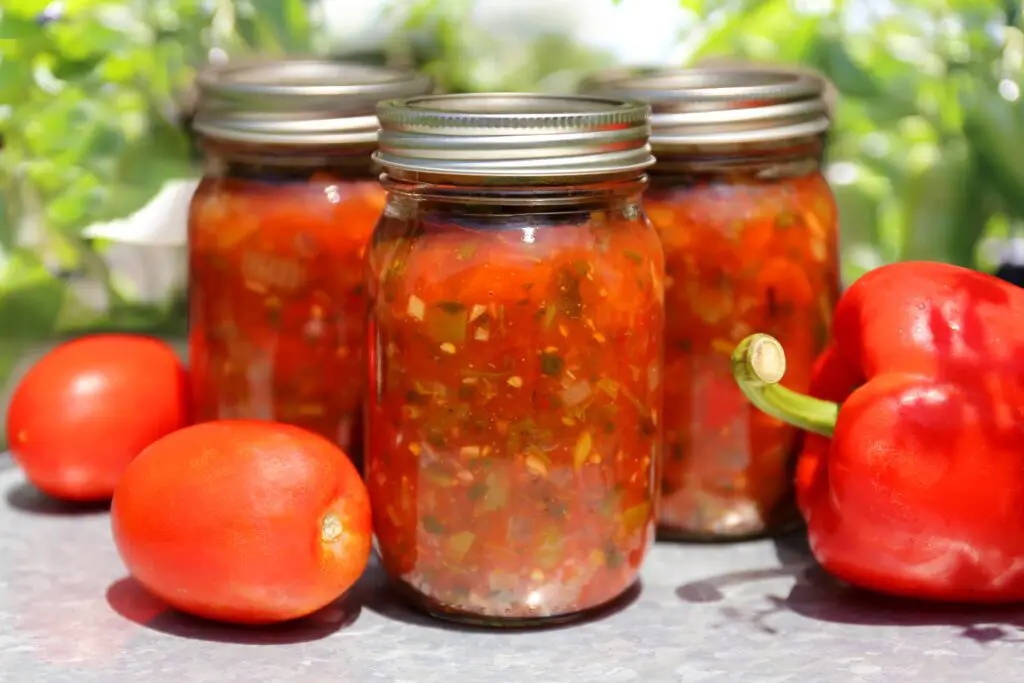
Tomato gravy was born out of necessity, stretching canned tomatoes into a sauce that could be poured over biscuits, rice, or potatoes. It wasn’t like Italian pasta sauce—it was thinner, tangier, and flavored with a bit of fat from bacon or lard. For many, it became a breakfast staple, adding flavor to otherwise plain starches. It was warm, filling, and inexpensive to make. The tangy-sweet taste made it stand out, and families often considered it a comfort food.
Today, tomato gravy is being rediscovered as a Southern classic. Food writers and chefs are putting it back in the spotlight, celebrating its roots as a Depression dish. It pairs beautifully with fresh biscuits, fried chicken, or even grits. Some modern versions use fresh herbs or cream to enrich the flavor, but the heart of the recipe hasn’t changed. It’s still a reminder of how simple ingredients can transform a meal.
18. Bread Pudding
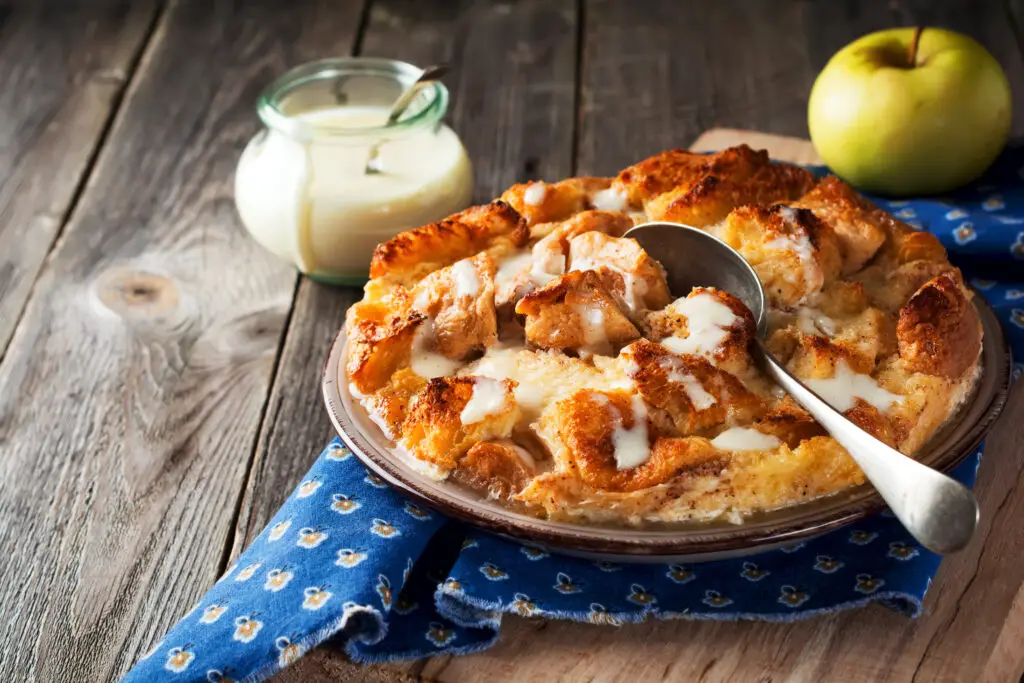
Bread pudding became popular during the Great Depression because stale bread was too valuable to waste. Cooks soaked it in milk, sugar, and eggs, then baked it into a warm, custardy dessert. Spices like cinnamon or nutmeg were added if available, and raisins were a treat when they could be afforded. It was hearty enough to double as breakfast the next day. For many families, it was one of the only sweet things they had. It turned scraps into something truly comforting.
Now, bread pudding is back on the dessert scene in a big way. Restaurants often feature upscale versions with caramel sauces, chocolate, or bourbon-soaked raisins. Home cooks appreciate it for the same reason Depression-era families did—it’s a way to use up leftover bread. It’s versatile, delicious, and surprisingly elegant when dressed up. What began as a practical solution has become a beloved comfort food that continues to bring joy.
